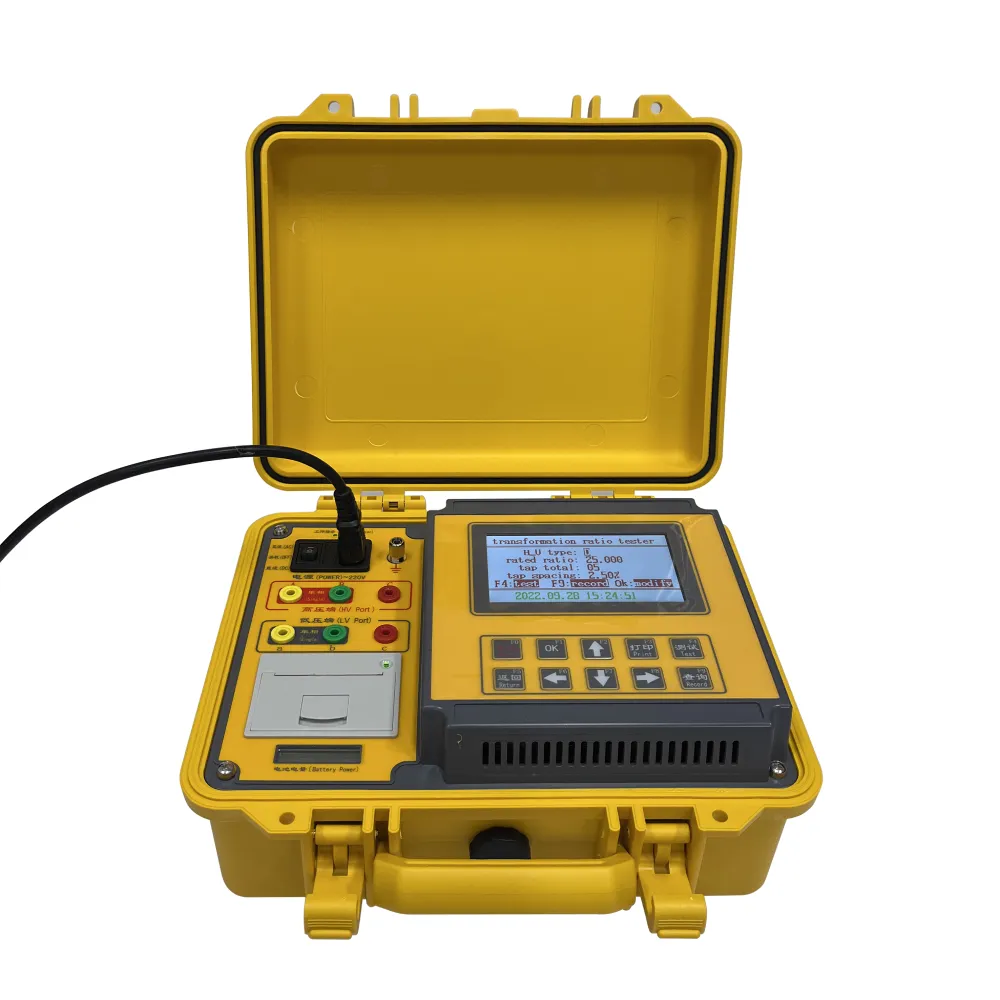 English
English



-
 Afrikaans
Afrikaans -
 Albanian
Albanian -
 Amharic
Amharic -
 Arabic
Arabic -
 Armenian
Armenian -
 Azerbaijani
Azerbaijani -
 Basque
Basque -
 Belarusian
Belarusian -
 Bengali
Bengali -
 Bosnian
Bosnian -
 Bulgarian
Bulgarian -
 Catalan
Catalan -
 Cebuano
Cebuano -
 China
China -
 China (Taiwan)
China (Taiwan) -
 Corsican
Corsican -
 Croatian
Croatian -
 Czech
Czech -
 Danish
Danish -
 Dutch
Dutch -
 English
English -
 Esperanto
Esperanto -
 Estonian
Estonian -
 Finnish
Finnish -
 French
French -
 Frisian
Frisian -
 Galician
Galician -
 Georgian
Georgian -
 German
German -
 Greek
Greek -
 Gujarati
Gujarati -
 Haitian Creole
Haitian Creole -
 hausa
hausa -
 hawaiian
hawaiian -
 Hebrew
Hebrew -
 Hindi
Hindi -
 Miao
Miao -
 Hungarian
Hungarian -
 Icelandic
Icelandic -
 igbo
igbo -
 Indonesian
Indonesian -
 irish
irish -
 Italian
Italian -
 Japanese
Japanese -
 Javanese
Javanese -
 Kannada
Kannada -
 kazakh
kazakh -
 Khmer
Khmer -
 Rwandese
Rwandese -
 Korean
Korean -
 Kurdish
Kurdish -
 Kyrgyz
Kyrgyz -
 Lao
Lao -
 Latin
Latin -
 Latvian
Latvian -
 Lithuanian
Lithuanian -
 Luxembourgish
Luxembourgish -
 Macedonian
Macedonian -
 Malgashi
Malgashi -
 Malay
Malay -
 Malayalam
Malayalam -
 Maltese
Maltese -
 Maori
Maori -
 Marathi
Marathi -
 Mongolian
Mongolian -
 Myanmar
Myanmar -
 Nepali
Nepali -
 Norwegian
Norwegian -
 Norwegian
Norwegian -
 Occitan
Occitan -
 Pashto
Pashto -
 Persian
Persian -
 Polish
Polish -
 Portuguese
Portuguese -
 Punjabi
Punjabi -
 Romanian
Romanian -
 Russian
Russian -
 Samoan
Samoan -
 Scottish Gaelic
Scottish Gaelic -
 Serbian
Serbian -
 Sesotho
Sesotho -
 Shona
Shona -
 Sindhi
Sindhi -
 Sinhala
Sinhala -
 Slovak
Slovak -
 Slovenian
Slovenian -
 Somali
Somali -
 Spanish
Spanish -
 Sundanese
Sundanese -
 Swahili
Swahili -
 Swedish
Swedish -
 Tagalog
Tagalog -
 Tajik
Tajik -
 Tamil
Tamil -
 Tatar
Tatar -
 Telugu
Telugu -
 Thai
Thai -
 Turkish
Turkish -
 Turkmen
Turkmen -
 Ukrainian
Ukrainian -
 Urdu
Urdu -
 Uighur
Uighur -
 Uzbek
Uzbek -
 Vietnamese
Vietnamese -
 Welsh
Welsh -
 Bantu
Bantu -
 Yiddish
Yiddish -
 Yoruba
Yoruba -
 Zulu
Zulu
potentiometric titration
Potentiometric Titration An Essential Analytical Technique
Potentiometric titration is a well-established analytical technique widely utilized in various fields such as chemistry, biochemistry, environmental science, and pharmaceuticals. This powerful method allows for the precise determination of the concentration of an unknown analyte in solution by measuring the potential (voltage) of an electrochemical cell as a titrant is incrementally added. Unlike traditional titration, which often relies on visual indicators to signal the endpoint, potentiometric titration provides a more objective and accurate measurement, making it a valuable tool in quantitative analysis.
At the core of potentiometric titration is the use of a measuring electrode and a reference electrode. The measuring electrode, typically a glass pH electrode or an ion-selective electrode, responds to changes in the concentration of ions in solution. The reference electrode maintains a constant potential and allows for accurate measurement of the cell potential without introducing additional variables. As the titrant is added to the analyte solution, the potential changes due to the chemical reaction between the titrant and the analyte, which can be plotted as a titration curve.
One of the significant advantages of potentiometric titration is its versatility. It can be used for a variety of analytes, including acids, bases, and metal ions, across different pH ranges and concentrations. This flexibility makes it applicable in various industries. For instance, in the food and beverage industry, it can be employed to assess the acidity or alkalinity of products, ensuring that they meet regulatory standards. In pharmaceuticals, potentiometric titration is crucial for the quality control of drug formulations, determining the active ingredients accurately.
potentiometric titration

Another benefit of this technique is its high sensitivity and precision. By providing a continuous measure of voltage as the titration progresses, potentiometric titration allows for the detection of subtle changes in the solution that may be missed by traditional methods. This high level of sensitivity is particularly important for analyzing trace levels of substances in complex matrices, such as environmental samples where contaminants may be present in low concentrations.
Moreover, potentiometric titration is not limited to monophasic systems. It can also be adapted to conduct titrations in non-aqueous or mixed solvent systems, broadening its applicability. For instance, organic solvents or ionic liquids can be used in the titration process, enabling the analysis of compounds that are not soluble in water. This adaptability makes potentiometric titration a robust technique that can be tailored to a wide range of analytical challenges.
Despite its advantages, potentiometric titration requires careful calibration and maintenance of the electrodes to ensure reliable results. The sensitivity of the measuring electrode to changes in ion concentration means that it can be affected by temperature fluctuations, electrode drift, and contamination. Regular calibration with standard solutions is essential to maintain accuracy and precision in measurements.
In conclusion, potentiometric titration is an invaluable analytical technique that provides accurate and objective measurements across various applications. Its versatility, sensitivity, and ability to handle complex samples make it a preferred choice in many laboratories and industrial settings. As technology advances, potentiometric titration may continue to evolve, incorporating automation and data analysis tools that could further enhance its functionality and accessibility. Researchers and industry professionals can harness this powerful technique to obtain precise data, contributing to advancements in science and technology across multiple disciplines.
-
Testing Equipment Industry Sees Major Advancements in 2025: Smart & Precision Technologies Lead the WayNewsJun.06,2025
-
Applications of Direct Current Generators in Renewable Energy SystemsNewsJun.05,2025
-
Hipot Tester Calibration and Accuracy GuidelinesNewsJun.05,2025
-
Digital Circuit Breaker Analyzer Features and BenefitsNewsJun.05,2025
-
Benefits of Real-Time Power Quality Monitoring Devices for Industrial EfficiencyNewsJun.05,2025
-
Earth Fault Loop Testing in High-Rise Building Electrical SystemsNewsJun.05,2025



